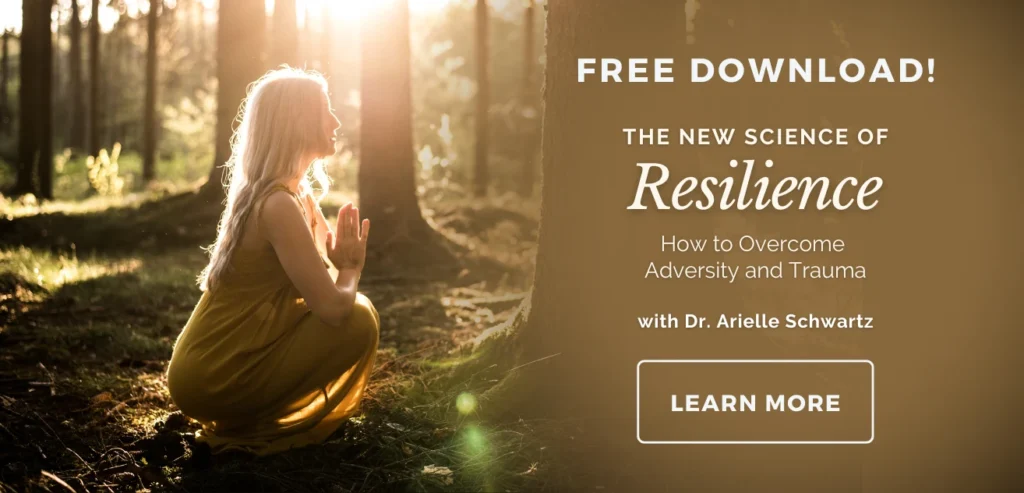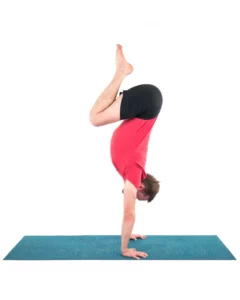Not Just Asana: How Yoga May Help Us Uncover Our Deeper Truth
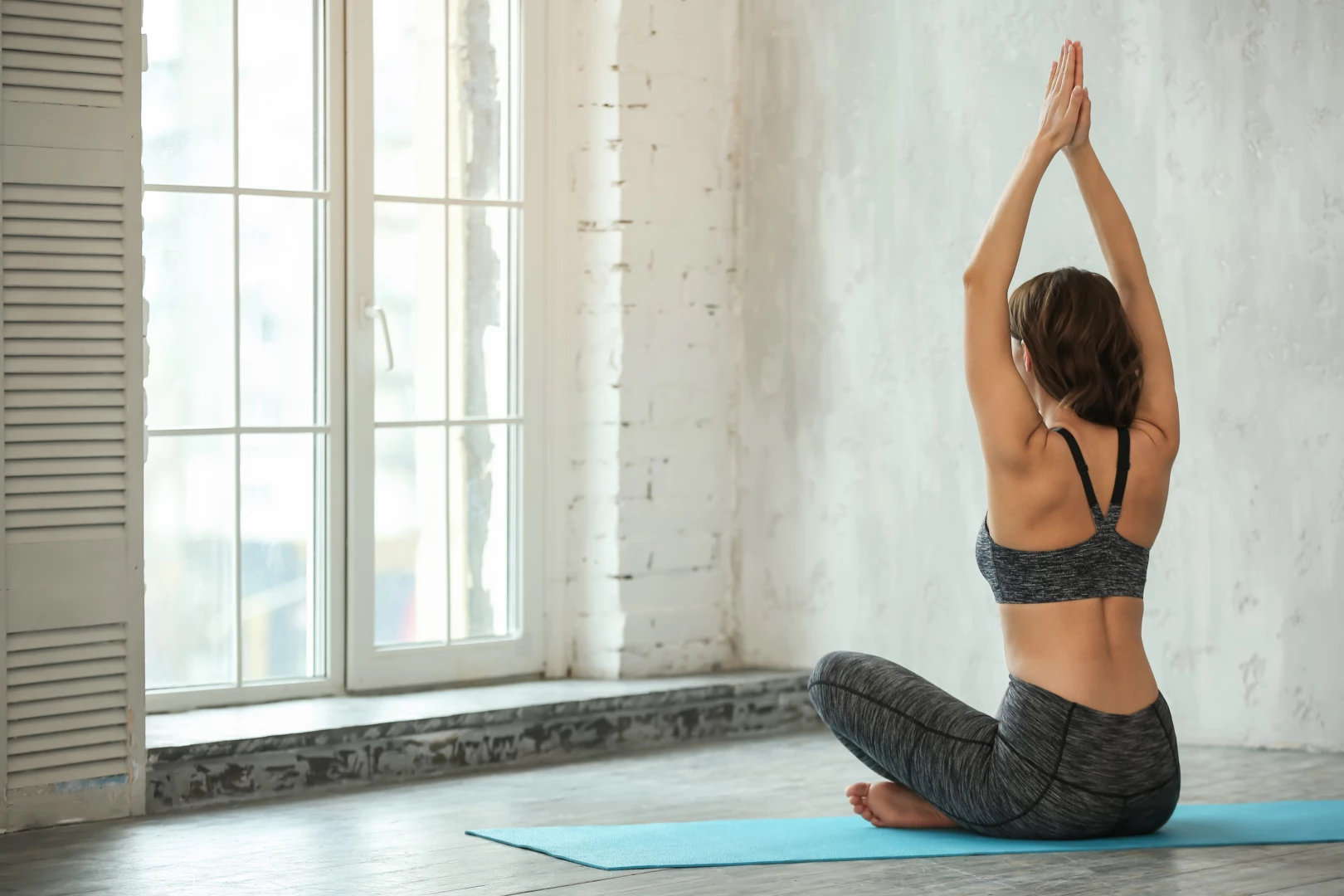
The word “yoga” comes from the Sanskrit root “yuj,” meaning “to join” or “to unite.”
While today yoga is often associated primarily with physical postures, its original purpose was far more profound: to facilitate the union of individual consciousness with universal consciousness, helping practitioners recognize their true nature beyond the limited ego-self.

At the heart of yoga philosophy lies the fundamental concept that our essential nature is whole and complete, but this truth is often obscured by layers of conditioning known as samskaras.
Samskaras are mental impressions and patterns formed through our experiences, beliefs, and habitual ways of thinking. These impressions create grooves in our consciousness that shape how we perceive ourselves and the world, often limiting our understanding of who we truly are.
Like deep ruts in a dirt road that tend to pull vehicles into their established paths, samskaras can keep us stuck in familiar but potentially unhealthy patterns of thinking, feeling, and behaving. These patterns might manifest as self-doubt, anxiety, attachment to outcomes, or various other forms of psychological suffering.
Consider, for example, a common samskara that many people carry: the deep-seated belief that “I’m not good enough.”
This belief might have taken root in childhood through critical parents, challenging school experiences, or early failures. Over time, this samskara creates a lens through which all experiences are filtered.
Someone carrying this pattern might automatically attribute their successes to luck rather than skill, hesitate to pursue opportunities, or constantly seek external validation.
The samskara becomes self-reinforcing – each time the person acts from this belief, they strengthen the mental groove, making it their default way of experiencing the world.
In yoga practice, we may begin to recognize this pattern as a conditioned response rather than an inherent truth about themselves, gradually loosening its hold on our thoughts and actions.
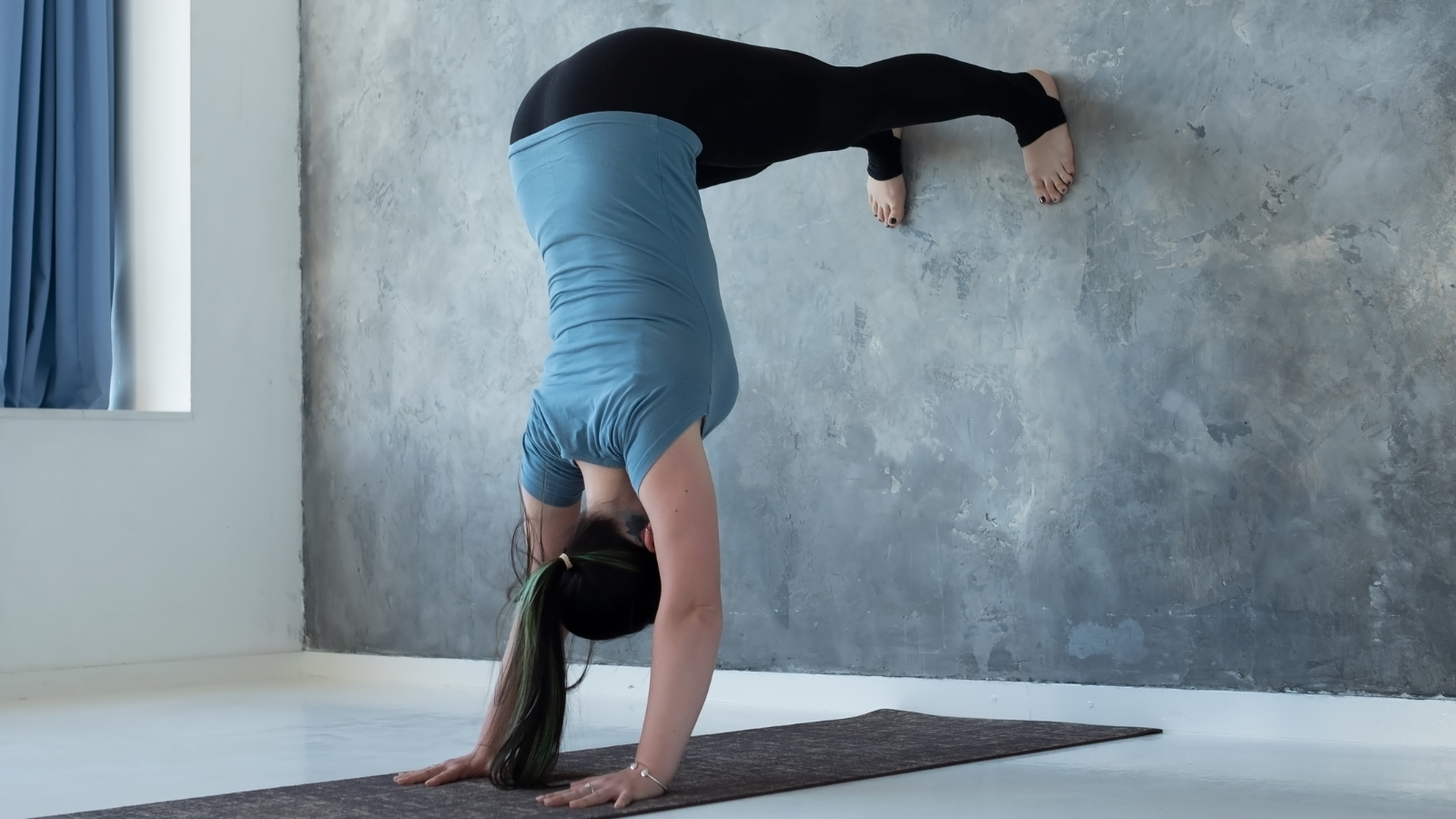
Yoga offers a comprehensive approach to addressing these conditioning patterns through various practices:
– Physical postures (asanas) help release tension and trauma stored in the body
– Breathing practices (pranayama) calm the nervous system and create mental clarity
– Meditation develops awareness of our thought patterns and emotional reactions
– Ethical guidelines (yamas and niyamas) foster healthier relationships with ourselves and others
Through these practices, yoga provides tools to observe and gradually dissolve our conditioning, allowing glimpses of our deeper nature to emerge. As we become more aware of our samskaras, we can begin to make conscious choices rather than acting from habitual patterns. This process doesn’t eliminate life’s challenges, but it changes our relationship to them.

Importantly, yoga teaches that wholeness isn’t something we need to achieve – it’s our natural state. The practice isn’t about adding something to ourselves or becoming better; rather, it’s about removing the obstacles that prevent us from recognizing our inherent completeness. This understanding fundamentally shifts how we approach our practice and our lives.
This perspective reveals why focusing solely on achieving advanced physical postures or other external markers of “progress” can actually lead us away from yoga’s true purpose.
While working with the body can be a valuable tool for breaking through conditioning, the real measure of progress in yoga lies in our growing capacity for presence, self-awareness, and compassion.
True yoga practice gradually dissolves the illusion that we need to become something other than what we are to be complete. As this understanding deepens, we naturally become more centered, peaceful, and loving – not because we’re trying to be better people, but because we’re allowing our natural wholeness to shine through the layers of conditioning that previously obscured it.
Also, read...
Teaching Svadhyaya: 3 Ways to Encourage Self-Study in Yoga
In Celebration of Gray-Haired Yoga – Busting the Myth of the Yoga Body
Related courses
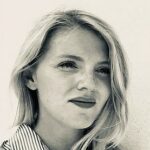
Charlene McAuley – My yoga exploration spans 13 years, teaching for almost seven of those years with varied students, including World Cup footballers and wise 80-year olds. I have an insatiable fascination with movement and psyche, recognizing many years ago through my yoga practice that movement can determine one’s mindset and mindset can determine one’s movement. I work primarily with the ‘here and now,’ wanting to explore what is occurring in the present moment so that I can encourage myself and students to live with more awareness.


